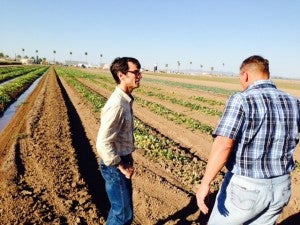When most people think about the Endangered Species Act, they picture the bald eagle, the sea turtle or the grizzly bear. They don’t think as often about the grasses, ferns, flowers and conifers that the ESA also protects.
That makes sense when you consider that there are approximately 26 known animal species for every known plant species. But animals, including humans of course, rely heavily on plants for food, oxygen, shelter and more.
Just like animals, plants increasingly face habitat loss, pollution, disease and climate change, which threaten their existence.
There are currently 949 species of plants listed as endangered or threatened under the ESA, including several species of cactus, mint and milkweed – a vital plant for monarch butterflies. But even the more obscure and isolated plants demonstrate how closely plant resilience is tied to the health of both local and broader ecosystems. Read More










